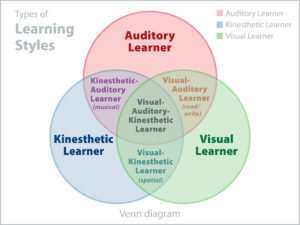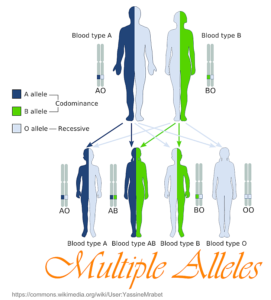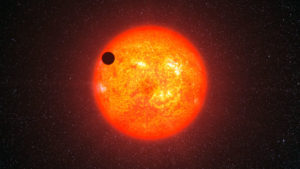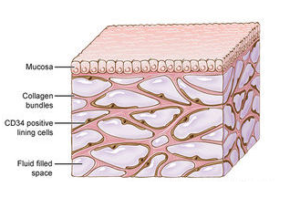Apr 10 2018
More Evidence Against Learning Styles
 Are you a visual learner or an auditory learner? Perhaps you learn best when studying material hands on. Or perhaps it doesn’t matter, and the entire concept of different people having different learning styles is not valid.
Are you a visual learner or an auditory learner? Perhaps you learn best when studying material hands on. Or perhaps it doesn’t matter, and the entire concept of different people having different learning styles is not valid.
A new study adds to the pile of those that find little evidence to support the notion of learning styles, but we’ll get to that shortly.
The basic concept is that different people have different strengths and weaknesses that relate directly to how well they learn new information. Further, these strengths and weaknesses can be codified into specific styles, that can then be measured in some valid way. Finally, if you teach a student material in their preferred style, their outcomes will be superior to if they are taught the same material in a manner not in line with their preferred style.
Layered on top of this basic concept are different hypothesized schemes of learning styles – different ways to break up learning strategies. There are visual vs verbal learners, or perhaps abstract vs personal, more or less interactive, problem-solving, etc. One researcher estimated that there are more permutations of different learning styles than there are people on Earth. So really we have to ask – is the basic concept of learning styles valid, and if so which learning style scheme is more helpful?

 I have always considered myself an environmentalist, but never found common cause with the environmentalist movement. The problem was (and remains) that so much of the environmentalist movement seems to be at odds with science.
I have always considered myself an environmentalist, but never found common cause with the environmentalist movement. The problem was (and remains) that so much of the environmentalist movement seems to be at odds with science. We tend to think of evolution as something that occurs over very long timescales – thousands and millions of years. While it is true that big changes require a long time, smaller changes must be occurring on shorter timescales. It is those small changes that accumulate into the bigger changes.
We tend to think of evolution as something that occurs over very long timescales – thousands and millions of years. While it is true that big changes require a long time, smaller changes must be occurring on shorter timescales. It is those small changes that accumulate into the bigger changes. In the world of Dune
In the world of Dune Recently scientists
Recently scientists 




